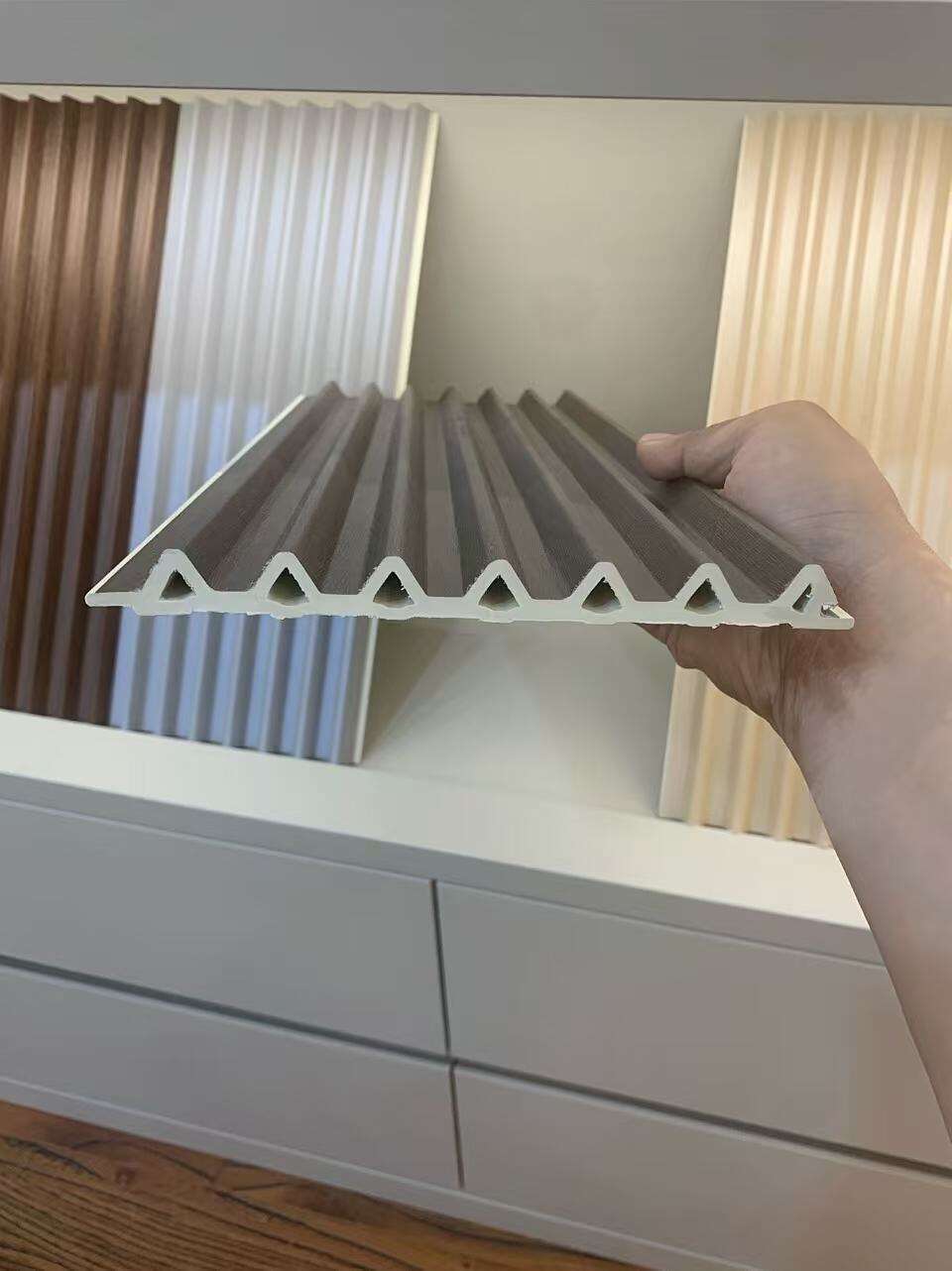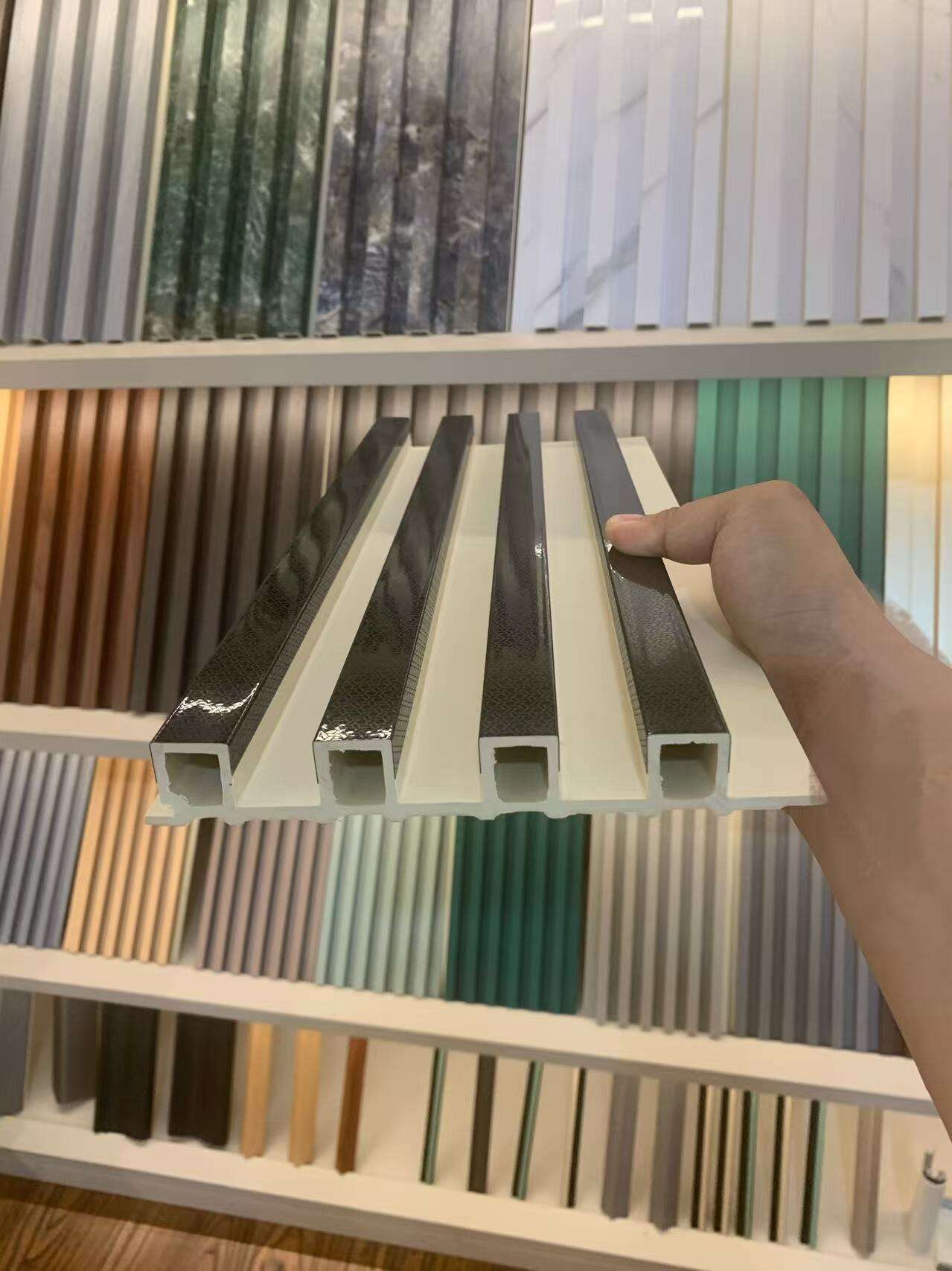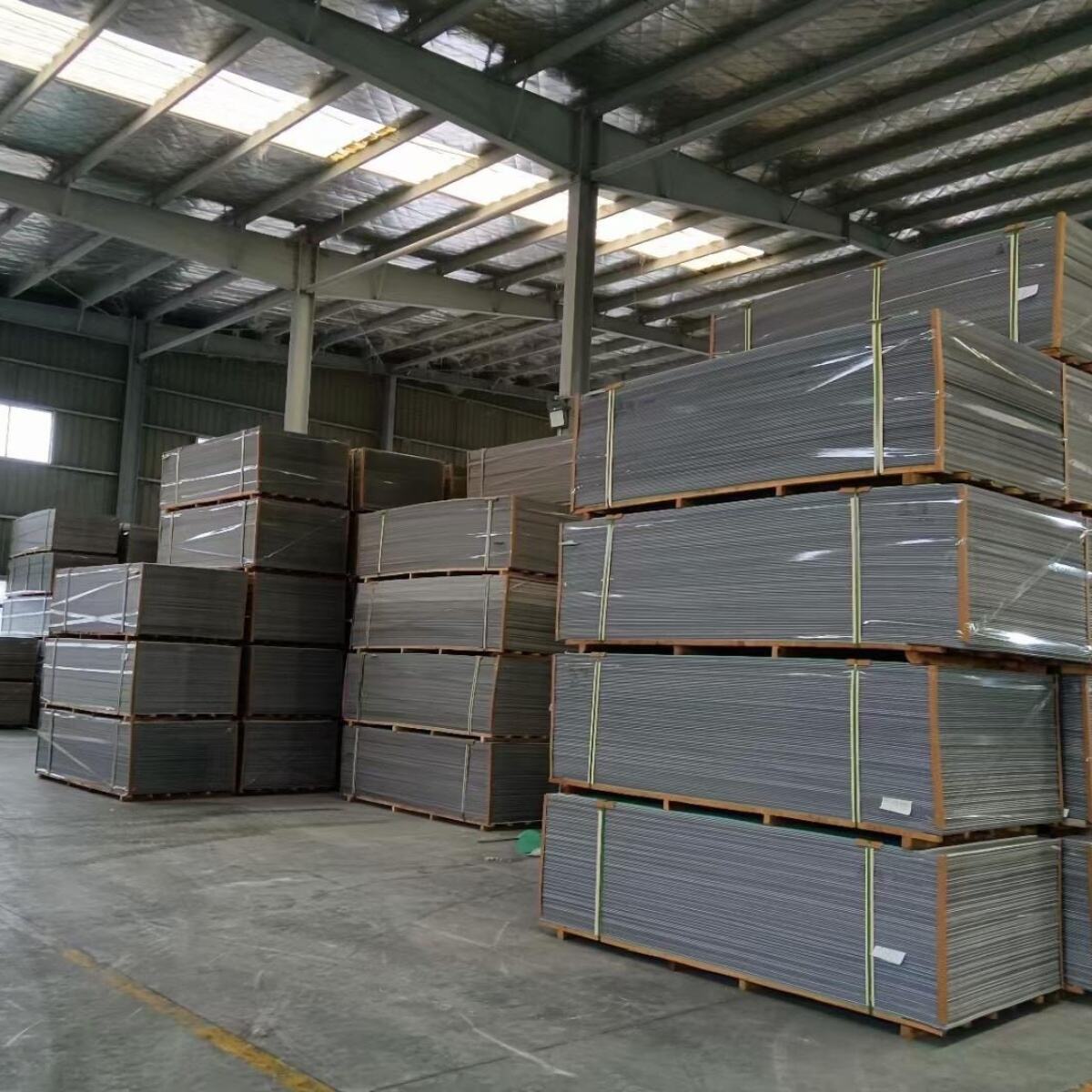The price of WPC louver panels is influenced by a complex interplay of material composition, manufacturing quality, design specifications, and market factors, making it essential for buyers to understand the variables that shape costs. Generally positioned as a mid to high range option compared to traditional materials like wood or aluminum, WPC louver panels offer a balance of durability, aesthetics, and sustainability that justifies their pricing. Material composition is a primary driver of cost. WPC louver panels are made from a blend of wood fibers and thermoplastics, with higher quality panels containing a greater proportion of high density polyethylene (HDPE) or recycled plastics. This enhances weather resistance, UV stability, and longevity but increases production costs. Panels with added additives—such as anti microbial agents, fire retardants, or color stabilizers—also command higher prices due to improved performance features. Manufacturing complexity impacts pricing significantly. Louver panels require precise cutting and shaping to ensure uniform slat spacing and angles, with custom designs (e.g., varying slat widths, adjustable louvers) increasing production time and costs. Extruded panels, produced through a continuous molding process, are typically more affordable than those made via injection molding, which offers greater design intricacy but higher production expenses. Additionally, panels with surface treatments like embossing (to mimic wood grain) or coating (for enhanced scratch resistance) are pricier due to the extra processing steps. Market and order specifications play a role in final pricing. Bulk orders often qualify for wholesale discounts, with per unit costs decreasing as order volume increases—beneficial for large commercial projects. Custom sizes, colors, or finishes may incur premium charges, as they require specialized production runs. Geographic factors, such as shipping costs from manufacturing hubs and local import tariffs, can also affect prices in regional markets. While initial costs may be higher than wood, WPC louver panels offer long term savings due to low maintenance requirements (no painting, staining, or replacement for rot) and a longer lifespan (15–25 years). This total cost of ownership makes them a cost effective choice for both residential (patio covers, privacy screens) and commercial (facade cladding, sunshades) applications, balancing upfront investment with durability and performance.



Copyright © 2025 by Shandong Falading New Decoration Material Co., Ltd. | Privacy policy